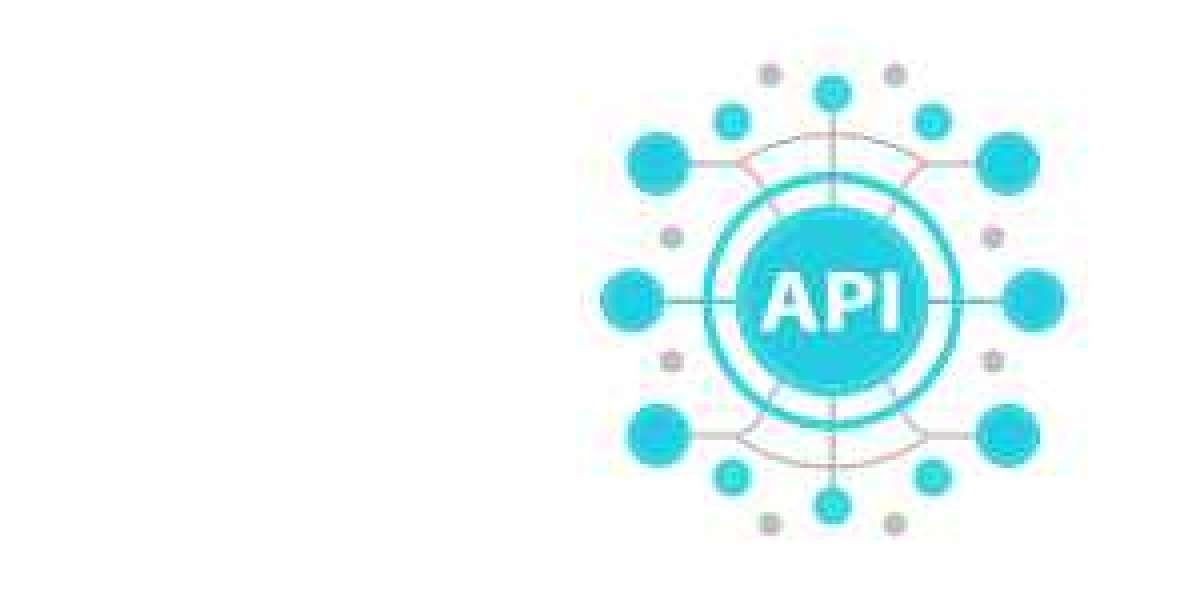Understanding Asset Management
Asset management refers to the systematic process of developing, operating, maintaining, and selling assets in a cost-effective manner. It’s crucial for organizations looking to maximize the value of their physical and intangible assets. Effective asset management ensures that resources are used efficiently, risks are managed properly, and compliance standards are met.
Key Components of Asset Management
To grasp asset management fully, consider these key components:
- Asset Tracking: Keeping an up-to-date record of the location, status, and value of assets.
- Maintenance Management: Scheduling regular maintenance to enhance asset longevity.
- Compliance Management: Ensuring all assets meet industry regulations and standards.
- Financial Management: Analyzing asset costs, depreciation, and ROI to inform financial decisions.
Challenges in Traditional Asset Management
Traditional asset management practices often come with several challenges that can hinder efficiency and effectiveness. Many organizations still rely on manual processes, spreadsheets, and outdated systems, leading to significant issues.
Common Pitfalls and Limitations
Data Inaccuracy: Manual data entry can lead to errors, resulting in inaccurate asset tracking and reporting.
Lack of Real-Time Visibility: Without integration, businesses struggle to obtain up-to-date information about asset status, leading to potential mismanagement.
Inefficient Processes: Manual processes are time-consuming and may lead to delays in decision-making and action.
Poor Compliance: Without a centralized system, maintaining compliance with industry regulations can become overwhelming.
Statistics on Inefficiencies and Inaccuracies
- Studies show that organizations lose about 20% of their revenue due to inefficiencies in asset management.
- According to a report by Gartner, 80% of organizations believe that data quality issues directly impact their business outcomes.
These statistics highlight the pressing need for better asset management practices that leverage modern technology.
The Benefits of Integrating Asset Management Tools
Integrating asset management tools can address many challenges associated with traditional practices, offering a range of significant benefits.
Enhanced Data Accuracy
Integration ensures that data flows seamlessly between systems, minimizing the risk of errors. With real-time updates, organizations can trust the data they rely on for decision-making.
Real-Time Visibility and Tracking
Integrating tools provides immediate insights into asset status, location, and performance. This visibility allows for timely maintenance and better resource allocation.
Streamlined Processes Through Automation
Automation of routine tasks reduces the need for manual intervention, freeing up valuable time for employees. For instance, automated alerts can notify teams about upcoming maintenance schedules or compliance deadlines.
Key Benefits Summarized:
- Accuracy: Fewer errors and discrepancies.
- Efficiency: Faster processes and improved workflows.
- Transparency: Better insights into asset performance.
- Cost Savings: Reduced operational costs through improved efficiency.
These benefits underscore the critical role of integrations in modern asset management strategies.
Choosing the Right Integration Solutions
When it comes to selecting the right integration solutions for your asset management needs, several factors come into play. A well-thought-out approach can help you avoid common pitfalls.
Factors to Consider When Selecting Tools
Compatibility: Ensure that the integration solution is compatible with your existing systems and software.
Scalability: Choose tools that can grow with your organization’s needs.
User-Friendliness: Opt for solutions that are intuitive and easy for employees to adopt.
Support and Resources: Consider the level of customer support and training offered by the provider.
Cost: Assess the total cost of ownership, including licensing, implementation, and maintenance.
By keeping these factors in mind, organizations can select integration solutions that align with their operational goals and enhance asset management capabilities.
Integrating AssetPanda with Your Existing Systems
One standout option for organizations seeking effective integration is AssetPanda. This tool offers specific advantages that make it an attractive choice for enhancing asset management.
Specific Advantages of AssetPanda
Customizability: Tailor AssetPanda https://www.makini.io/integrations/assetpanda to fit the unique needs of your business, ensuring it aligns perfectly with your operations.
User-Friendly Interface: Designed for ease of use, even for non-technical staff, which promotes quick adoption and utilization.
Robust Reporting Tools: Gain insights into asset performance through customizable reports that help inform strategic decisions.
How the Integration Process Works
Integrating AssetPanda with existing systems typically involves the following steps:
Assessment: Evaluate your current asset management processes and identify integration points.
Planning: Outline a clear integration strategy, including timelines and resource allocation.
Implementation: Work with AssetPanda’s support team to set up the integration, ensuring data flows smoothly between systems.
Training: Provide staff with the necessary training to utilize the new system effectively.
Monitoring and Adjustment: Continuously monitor the integration’s performance and make necessary adjustments to optimize efficiency.
This structured approach to integrating AssetPanda can significantly enhance your asset management capabilities.







